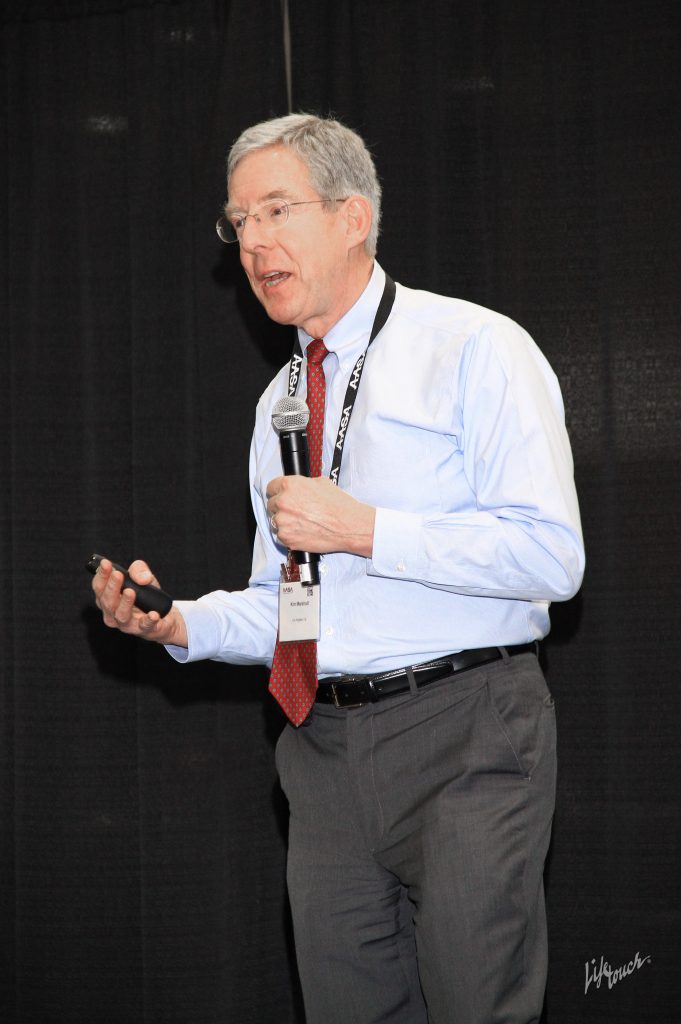Hollywood feeds the myth that great teachers are born, not made. Think “Stand and Deliver,” the story of math teacher Jaimie Escalante, whose students succeeded. Or “The Freedom Writers,” about the inspirational English teacher Hilary Swank who encouraged students to express themselves through writing.
These teachers were stars. While it is true that some teachers are exceptional, educators should remember that good teaching practices can be learned. The research base has grown.
At a Thursday Thought Leader session at the AASA national conference, Kim Marshall, editor of the Marshall Memo, discussed eight outmoded ideas that can perpetuate “the engines of inequality” in schools. He advised administrators to examine their personal perspectives on issues such as whether talent is innate from birth, poverty is destiny or student feedback should not be taken seriously. He then refuted these notions.
“The moral issue is what we do with mediocre teachers,” Marshall said.
Ineffective teachers are not bad teachers but they employ ineffective teaching practices. The good news is that a better teacher evaluation system can enhance teacher effectiveness, pointing to Westfield, N.J., Manhasset, N.Y., and Hamilton County, Tenn.
Superintendents can set the stage for improvement by asking principals to visit two classrooms daily, staying for 15 minutes and then debriefing with the teacher for another 10 minutes. The write up is limited to 1,000 words. He calls this evaluation approach a “keystone” habit. It can be integrated into the daily schedule and does not become so burdensome with documentation as the traditional teacher evaluation processes.
(Liz Griffin is senior editor of AASA’s Conference Daily Online.)


